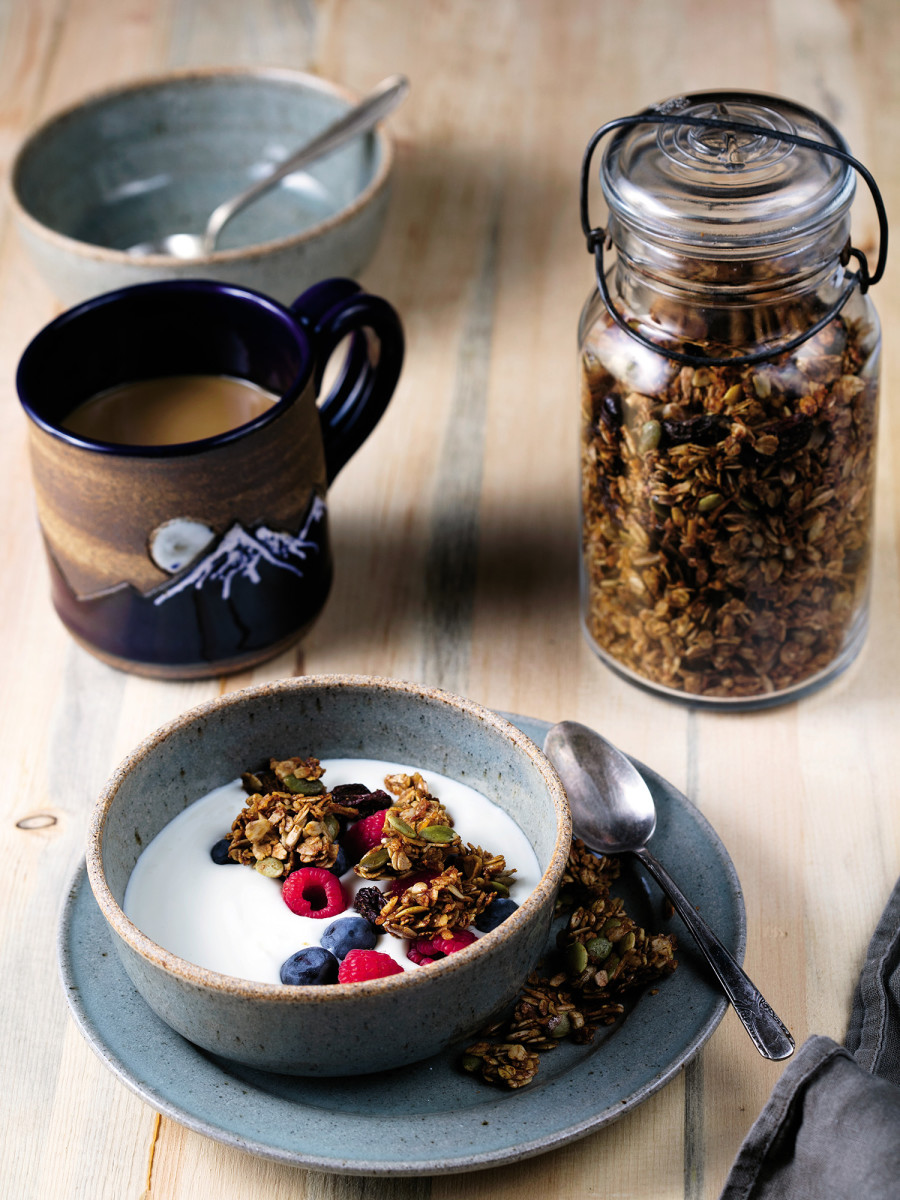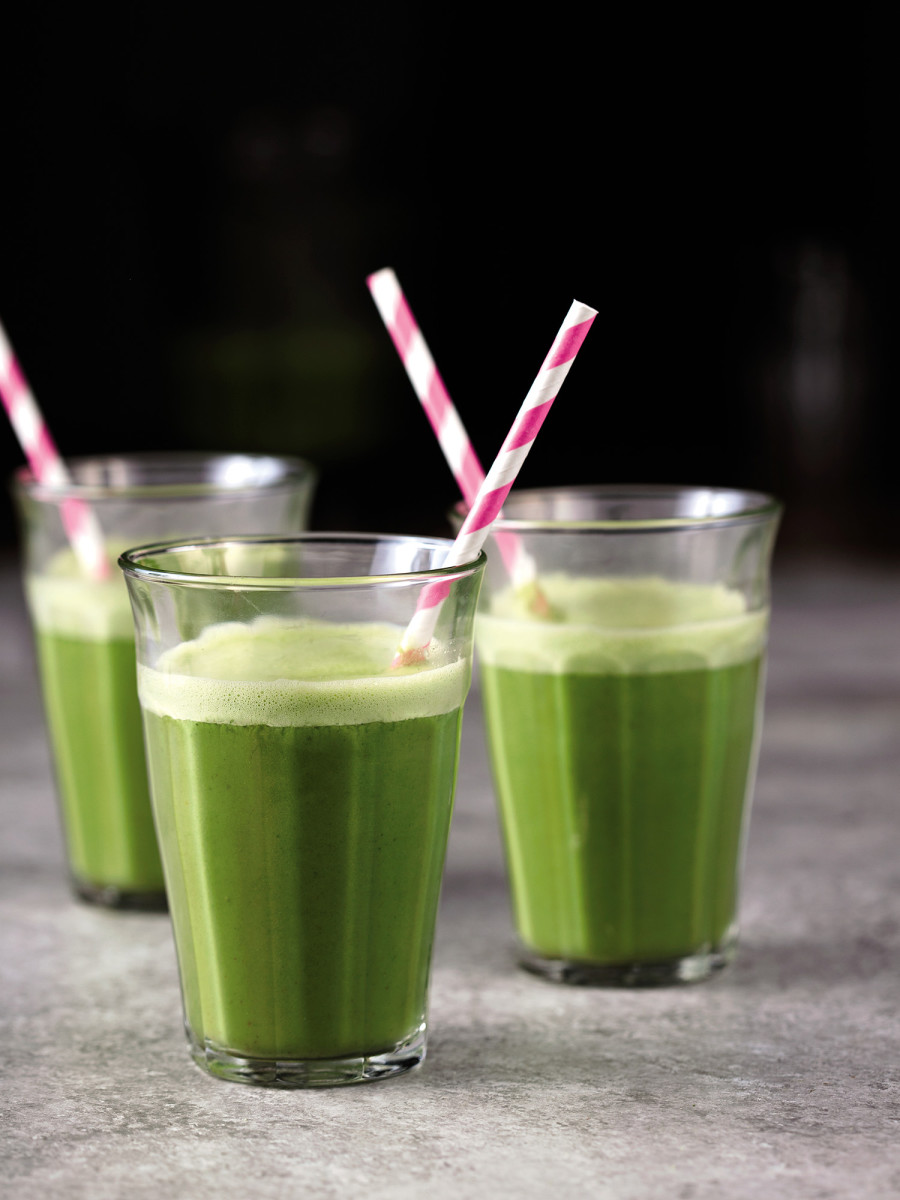A day of eating with U.S. Olympic marathoner Shalane Flanagan

Elite marathoner Shalane Flanagan has logged thousands of miles in her training for Rio 2016, where she’ll represent the United States for the fourth time on the Olympic stage. At age 35, Flanagan has figured how to fuel her 5’5”, 113-pound frame. Whether it’s the offseason, race day or before a recovery session, Flanagan’s diet—(mostly) absent of processed foods and sugar and full of nutrient-dense foods—is the same and she says it keeps her energized and primarily injury-free. In her new cookbook, Run Fast, Eat Slow, written in conjunction with former college teammate and chef Elyse Kopecky, Flanagan gives foodies, fans and runners a look into her everyday diet and recipes for foods such as her go-to race-day oatmeal, chipotle hummus or runner’s high peanut sauce. (Scroll down for a recipe for a coconut-kale smoothie that will help you go the extra mile.) We caught up with Flanagan ahead of her Rio 2016 debut to talk about preparing for the Olympics, indulgences, pre-race meals and more.
Jamie Lisanti:Will your diet change before the Olympics?
Shalane Flanagan: I’ll continue to eat all the “indulgent nourishment” that Elyse got me hooked on when we started working on Run Fast Eat Slow three years ago. I fuel my body with nutrient dense whole foods, love to cook with good fats like butter and olive oil, and I get my protein fix from high quality meat like grass fed beef and bison.
How USWNT’s Carli Lloyd rejuvenated her body, mind for Rio 2016 after setback
JL: What inspired you to write this cookbook?
SF: In our culture we are constantly bombarded with misleading diet trends leading to a lack of sound nutrition advice amongst athletes of all levels. I’ve seen so many female athletes suffer as a result. I want to teach runners to not get bogged down in calorie counts, carbo or protein-loading or restrictive diets and to instead enjoy and celebrate real food. I hope our book will have a lasting impact on the sport.
JL: What does a typical day of eating look like for you?
SF: Breakfast is a bowl of oatmeal with nuts, bananas, berries, honey, cinnamon or whole milk yogurt topped with ginger molasses granola, an absolute favorite from Run Fast Eat Slow. (You can get the granola recipe below!)
Next is a post-workout smoothie made with fruit, veggies, whole milk yogurt, almond butter, coconut water and ginger. I’m hooked on the coconut kale smoothie recipe in our cookbook.
Lunch is a hearty grain salad made with quinoa or wild rice, seasonal veggies and an olive oil based dressing. Or eggs scrambled with spinach and cheese. Or leftovers from dinner with a salad.
U.S. weightlifter Kendrick Farris is vegan, but he wants to inspire beyond nutrition
For a snack, the superhero muffins from Run Fast Eat Slow are my go-to or I’ll just have a handful of nuts and some fruit before my second workout of the day.
Since I’m training at altitude I’ve been craving red meat for dinner. I love making the bison meatballs or bison burgers from our cookbook or I’ll grill high quality grass fed steak, salmon, or dark meat chicken. My favorite side is sweet potato fries.
Before bed I’ll have a wholesome, homemade treat with herbal tea.
JL: Do you have any indulgences, post-race or just regularly?
SF: Donuts. (Shh, don’t tell!)
JL: Do you have a favorite alcoholic beverage? How do you fit alcohol into your diet with training?
SF: Elyse and I both share a love of Oregon IPAs. Surprisingly small batch craft beer has redeeming qualities for athletes (when enjoyed in moderation)—it’s made from whole foods and is rich in minerals for bone health. I cut out alcohol in the month leading up to a race but otherwise I’ll enjoy a beer or glass of wine with dinner on easy training days.
Is it fair for Caster Semenya to compete against women at the Rio Olympics?
JL: What will you eat before your race in Rio?
SF: I will be eating my race day oatmeal. When I travel I pack the ingredients to be able to make this breakfast in my hotel room. It’s a simple and easy to digest breakfast bowl made with instant oats, banana, nuts or nut butter, raisins or berries, and a little sea salt. I use McCann’s Irish Oats for good luck!
Flanagan's Ginger Molasses Granola
Makes 8 cups (16 servings)

A hearty granola packed with oats and seeds is a must for athletes, but the expensive store-bought stuff with endless health claims plastered on the colorful packages is loaded with sugar. Our ginger-spiked granola is lightly sweetened with blackstrap molasses, the sticky good stuff that’s left behind after sugarcane is refined. That makes it high in minerals, including potassium, calcium, iron, and magnesium—minerals many athletes don’t get enough of.
3 cups old-fashioned rolled oats (gluten-free if sensitive)
1 cup finely shredded unsweetened dried coconut
½ cup shelled pumpkin seeds
½ cup sunflower seeds
½ cup raisins or chopped dried fruit
2 teaspoons ground ginger
2 teaspoons ground cinnamon
½ teaspoon fine sea salt
1/3 cup virgin coconut oil
¼ cup honey
¼ cup blackstrap molasses (darkest variety, which has a stronger flavor and more minerals than regular molasses)
1. Position a rack in the center of the oven. Preheat the oven to 275°F and line a rimmed baking sheet with parchment paper.
2. In a large mixing bowl, stir together the oats, coconut, pumpkin seeds, sunflower seeds, raisins or dried fruit, ginger, cinnamon, and salt.
3. In a small microwaveable bowl, stir together the coconut oil, honey, and molasses and microwave on low until slightly melted. Or melt in a small saucepan over low heat. Pour over the dry ingredients and stir until evenly combined.
4. Spread out in a thick layer on the baking sheet. Bake, gently stirring every 15 minutes, until lightly browned, 45 minutes. Granola will still be moist at the end of baking, but will morph into crunchy goodness once it cools completely.
5. Store in a glass jar with a lid at room temperature. Granola will stay fresh for several weeks and likely be devoured long before expiring.
Coconut-Kale Smoothie
One sip of this refreshing, mean-green smoothie and you’ll be ready to go that extra mile. A high-speed blender will achieve the creamiest results.

4 kale leaves, stems removed
2 cups coconut water
½ cup whole milk yogurt
2 tablespoons almond butter
3-4 dates, pitted, or 1-2 tablespoons honey
1 cup ice
In a blender, place the kale, coconut water, yogurt, almond butter, dates or honey, and ice. Blend on high speed for several minutes until smooth.
